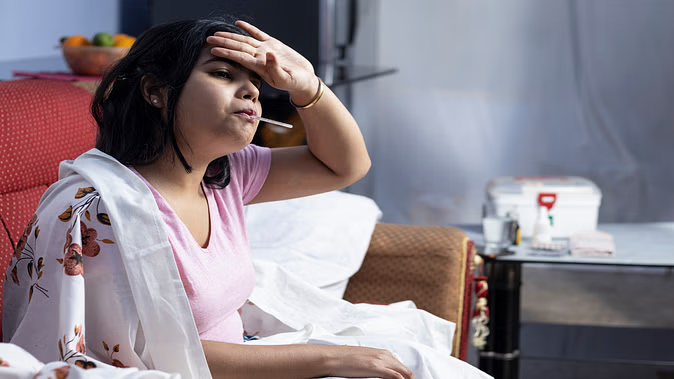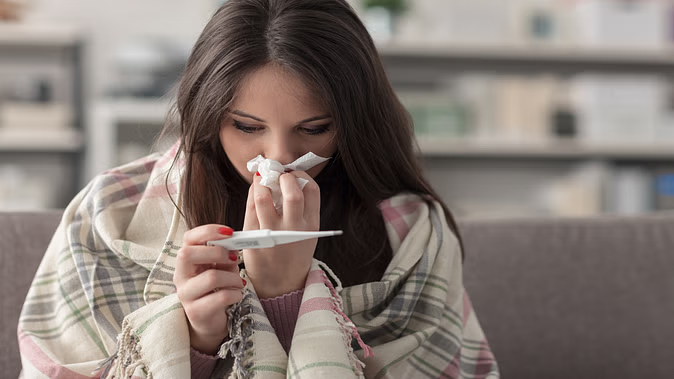This time of monsoon increases the risk of many diseases. From flu infection caused by weather changes to mosquito-borne diseases like dengue-malaria and chikungunya, the risk of these days increases significantly. Health experts say that the risk of coming in contact with many viruses, bacteria, and other pathogens during monsoon is twice as high as in any other season. Excess moisture in the air promotes harmful microorganisms which can cause many diseases.

The problem of fever is also seen more during the monsoon season. Whether it is a fever caused by flu or a fever due to serious diseases like dengue-malaria, all these require serious attention.
If you have been having a fever for two to three days, then it is very important to get it checked, so that the causes can be found and timely treatment can be done. Let us know what is causing you to have a fever.
Diseases caused by monsoon
Doctors say that there can be many reasons for fever during monsoon days. Be it bacterial infections like typhoid and leptospirosis or diseases caused by mosquito bites like dengue-malaria, high fever is the most common symptom in all these. Conditions like typhoid, dengue, and malaria are considered serious and need to be diagnosed and treated on time.
But how to find out what is the reason for your fever?
Risk of influenza and dengue
Health experts say that blood tests are most important to find out the exact causes of fever. By keeping in mind some other signs, it can also be guessed what is the reason for your fever.

Due to weather changes, the risk of influenza infection is seen to be quite high, in this, there can be common symptoms like fatigue, headache along with fever. Whereas in the case of dengue, the problem of fever is much more severe than the flu. Many people can have a fever of up to 104-105 degrees. Apart from this, dengue can also cause pain behind the eyes, muscle-joint pain, rashes on the body, and digestive problems. Such problems are less or not seen in flu.
How to differentiate between dengue and malaria?
Cases of many types of mosquito-borne diseases like dengue and malaria also increase significantly in monsoon. Fever is the most common symptom in both these diseases. There are many types of differences between dengue and malaria by which it can be detected.
In the problem of malaria, there is a high fever with chills and the fever increases in the evening. Some people may also have weakness and fluctuations in blood sugar levels. Whereas in dengue, there is pain in joints, muscles, and head along with fever. Apart from this, there may be a problem of stomach upset and skin rashes which is not seen in malaria. Dengue also does not have the problem of chills like malaria patients.
What do doctors say?
Health experts say that there is a need to be more careful about health during monsoon days. Infectious diseases can cause serious problems for you. Due to problems like dengue and malaria, crowds have started increasing in hospitals. Take measures to avoid mosquito bites and pay serious attention to problems like fever.
If you have a high fever, and body-joint pain for two to three days and it is not getting cured with normal medicines like paracetamol, then consult a doctor and get your blood tested. Timely treatment of dengue is necessary otherwise it can lead to bleeding and reduction in platelets.
(PC: ISTOCK)










